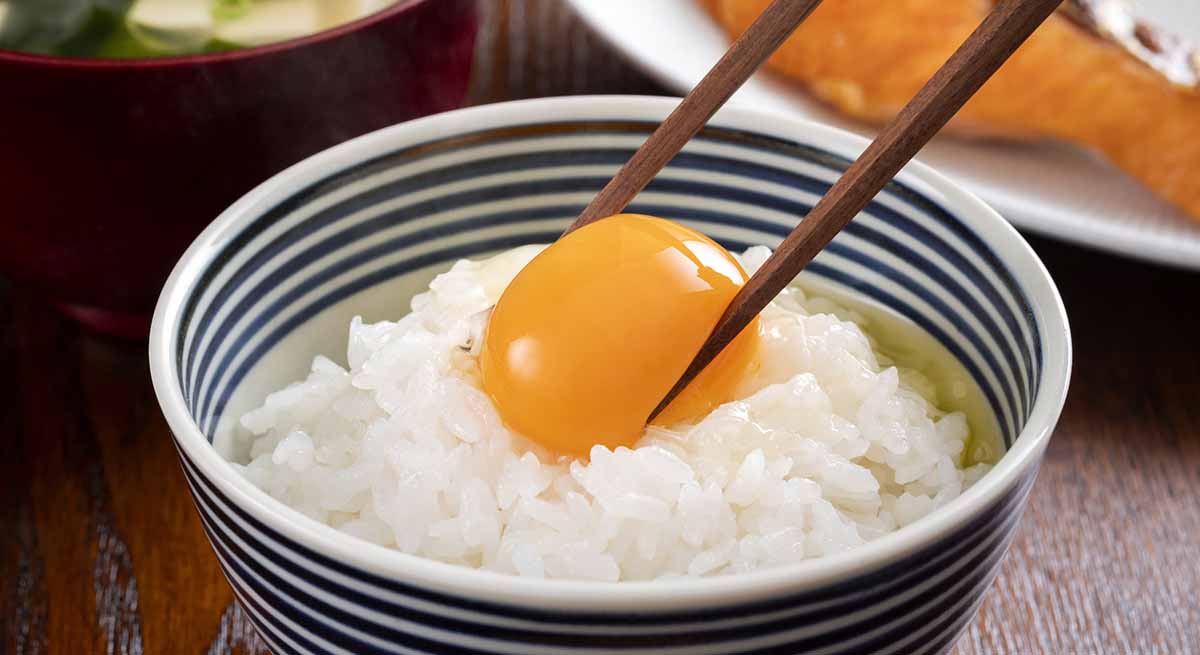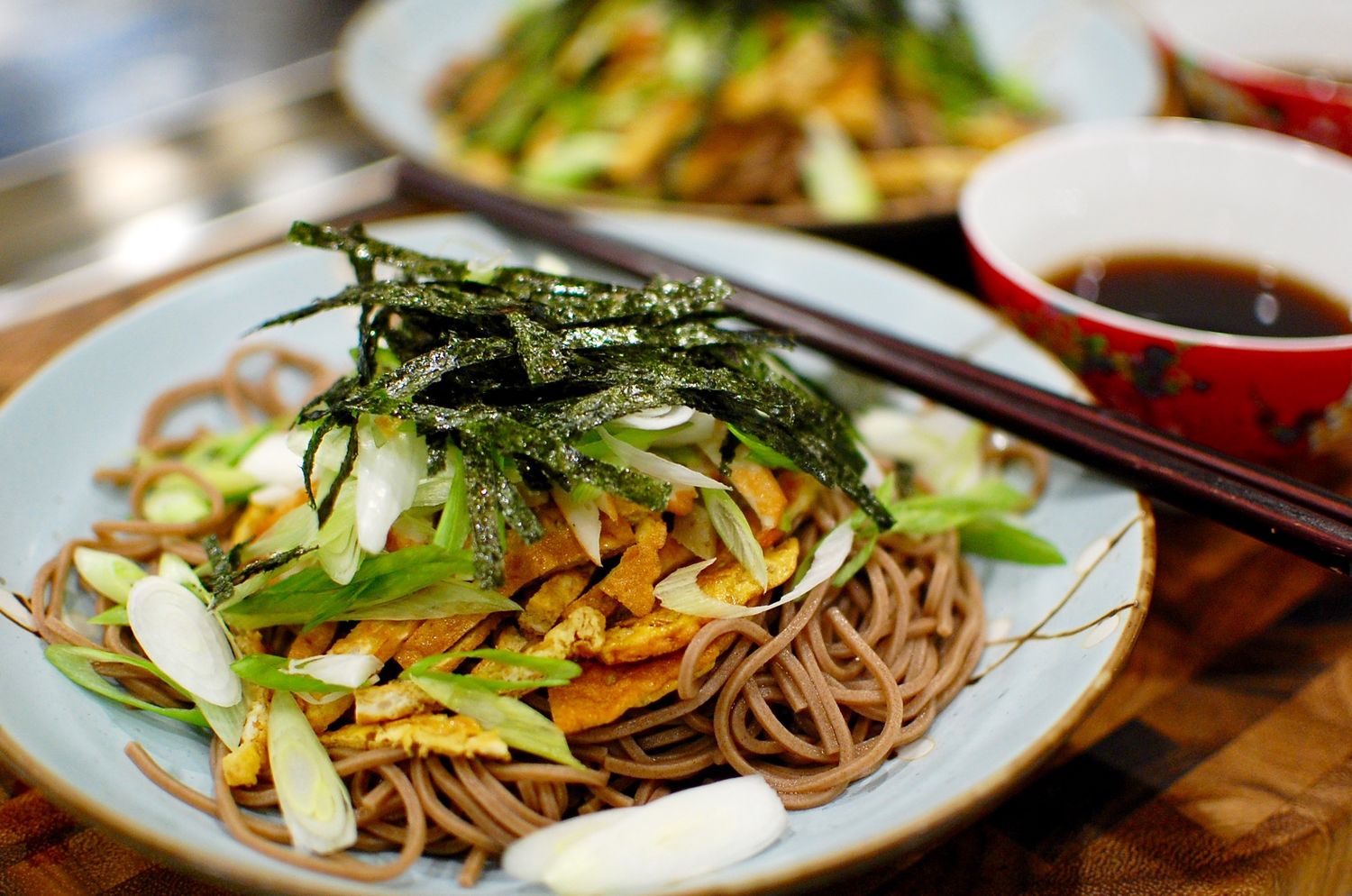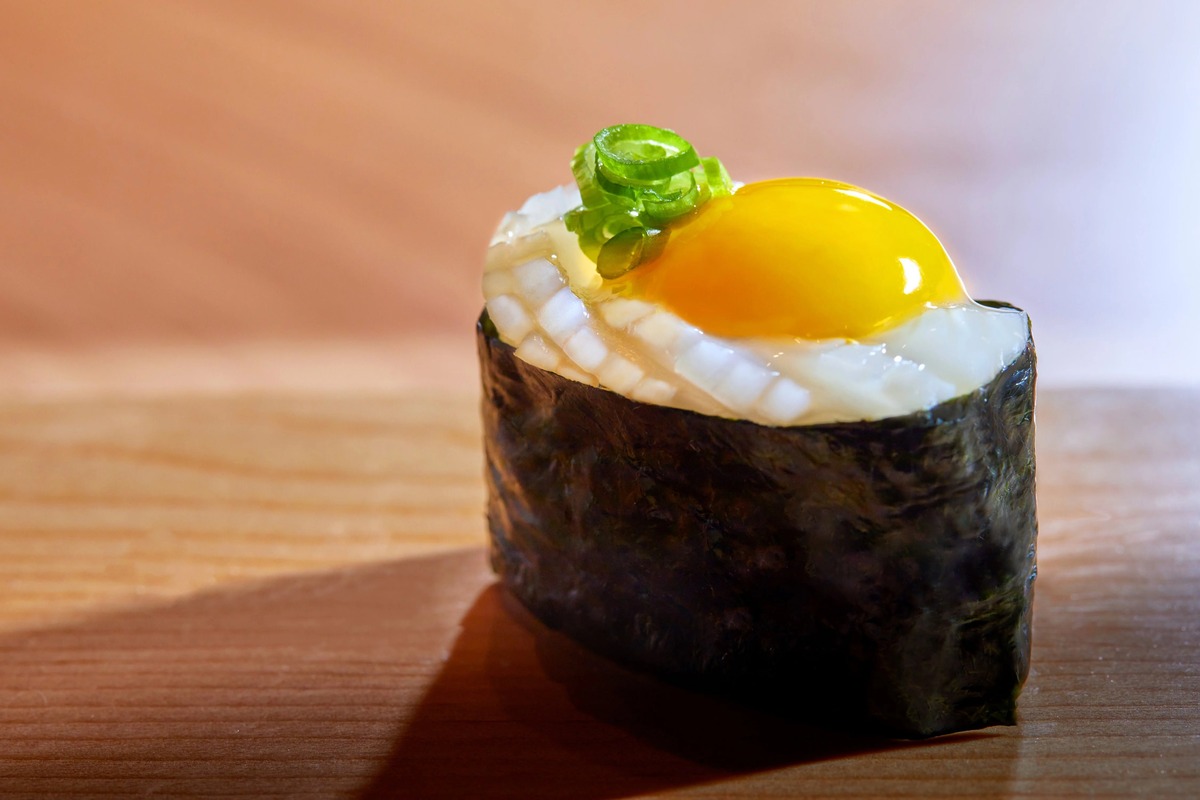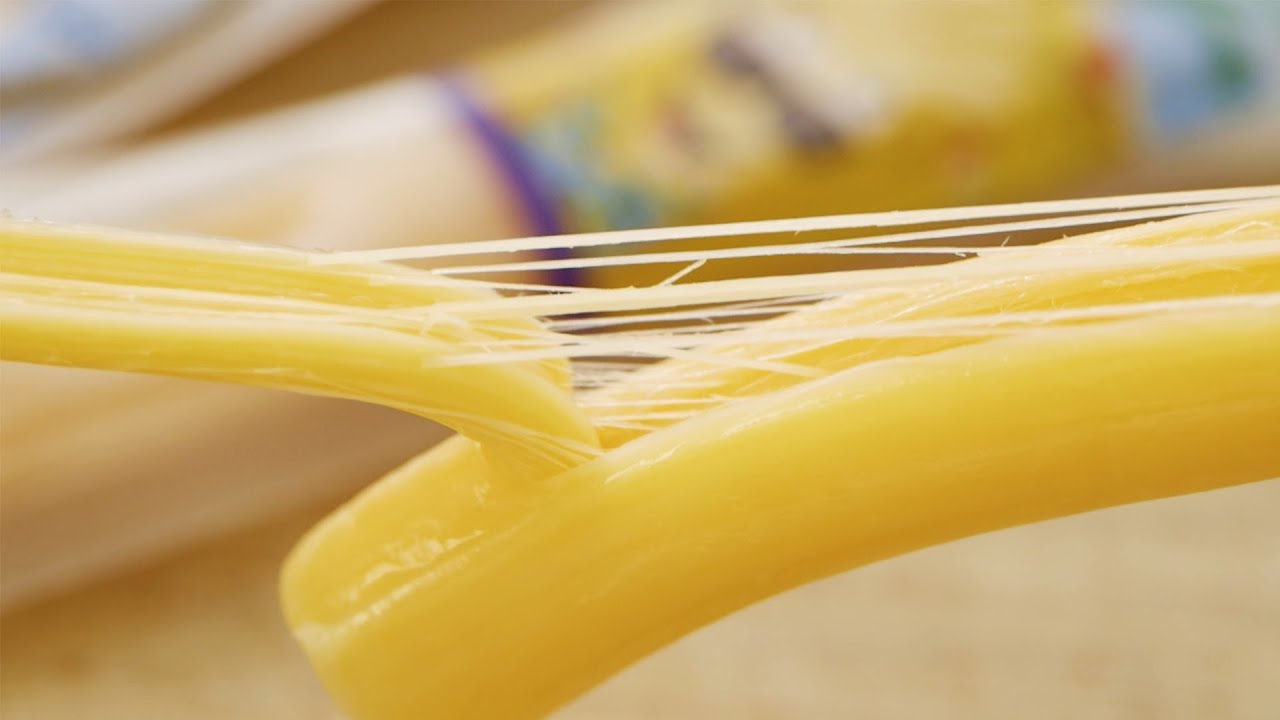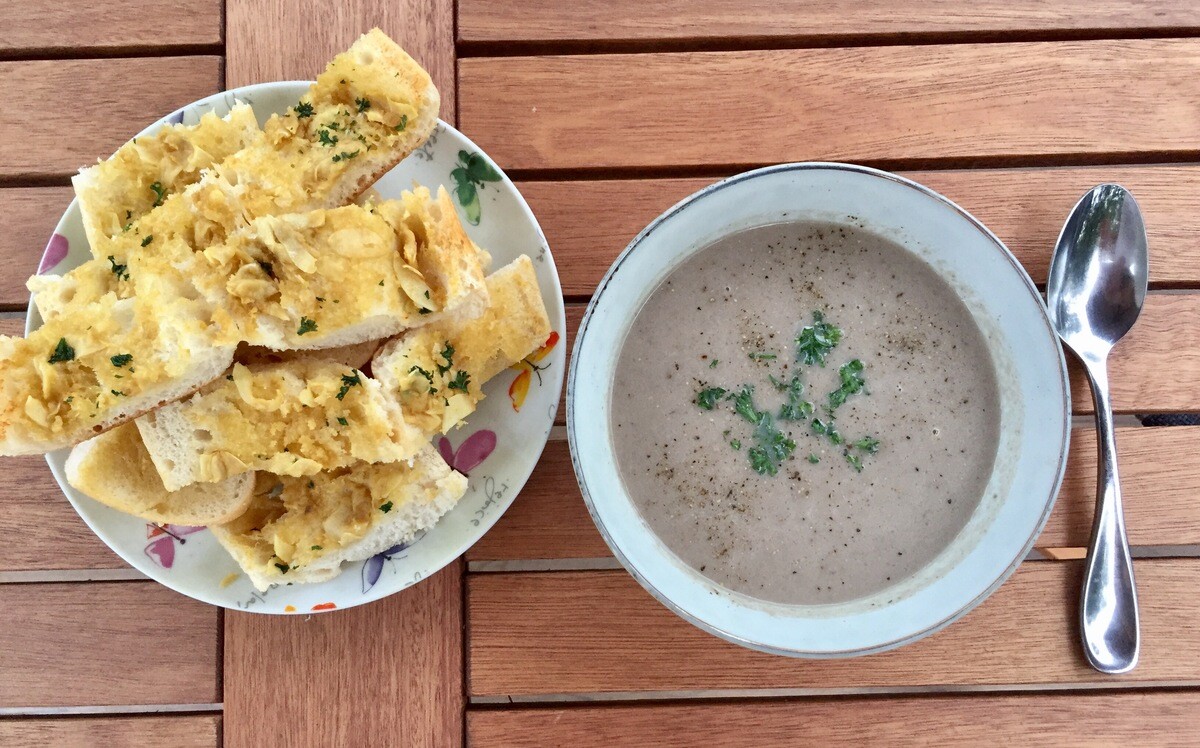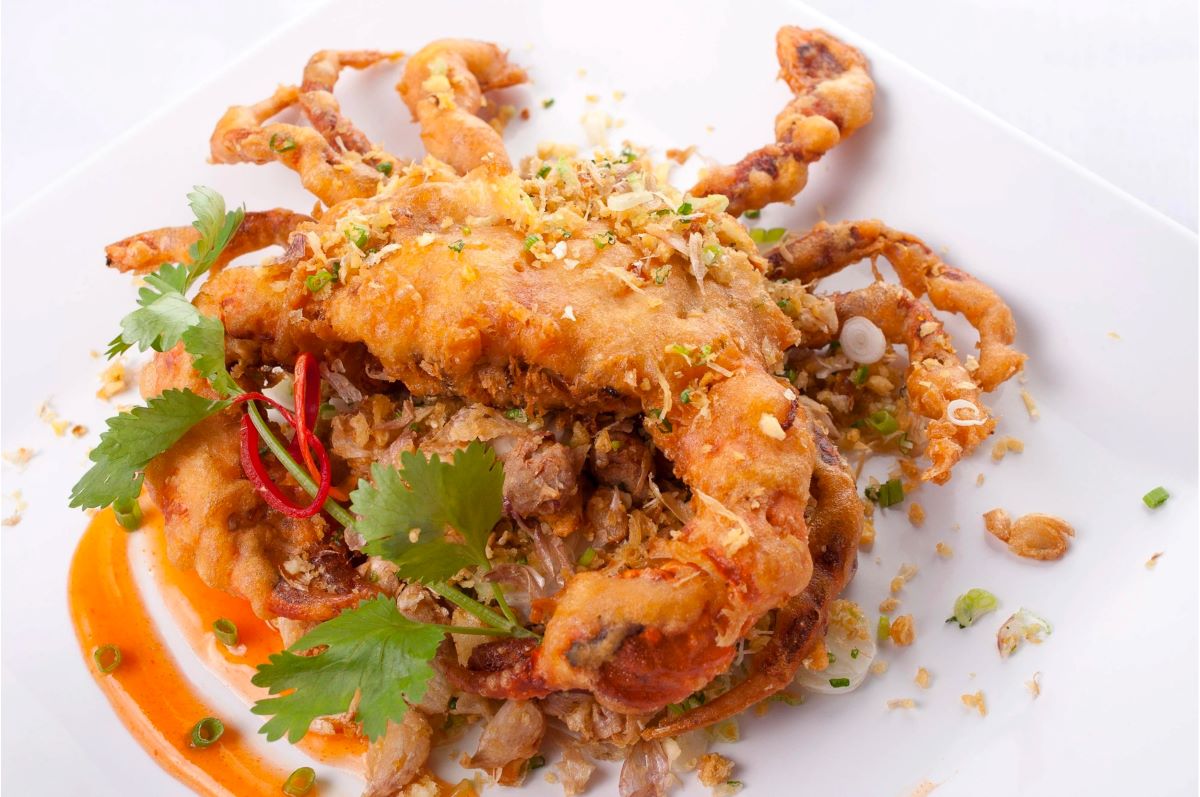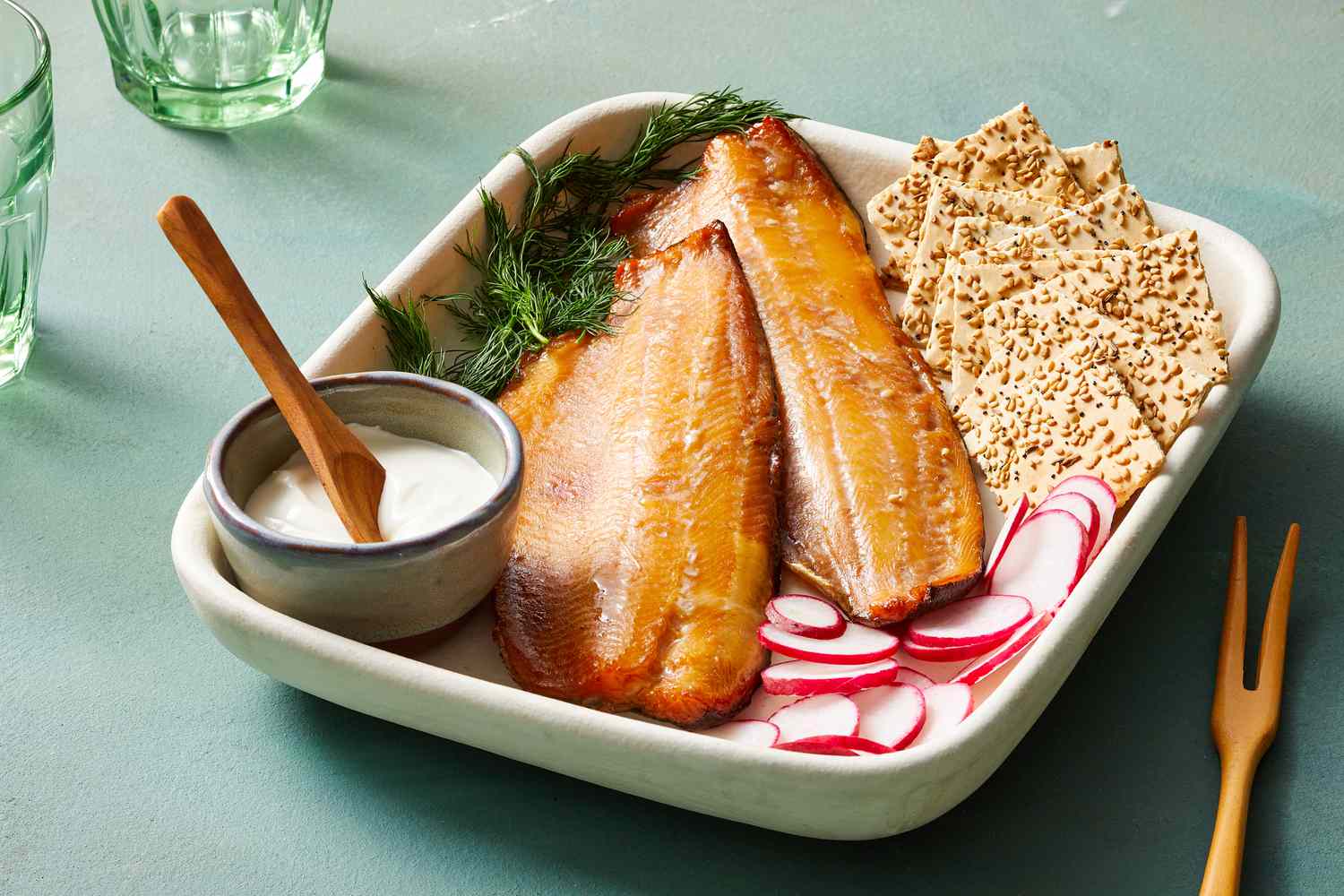Enjoying Sukiyaki with a Raw Egg: A Delicious Japanese Tradition
When it comes to Japanese cuisine, few dishes are as beloved and iconic as sukiyaki. This hot pot dish is a delightful combination of thinly sliced beef, tofu, vegetables, and noodles, all simmered in a sweet and savory broth. While sukiyaki is delicious on its own, there’s a unique and delicious way to take it to the next level: by adding a raw egg.
Why Add a Raw Egg to Sukiyaki?
Adding a raw egg to sukiyaki may seem unusual to those unfamiliar with Japanese cuisine, but it’s a practice that has been enjoyed for generations. The rich, creamy yolk of the egg adds a luxurious texture and flavor to the already delicious dish. The heat of the sukiyaki gently cooks the egg, creating a velvety sauce that enhances the overall dining experience.
How to Eat Sukiyaki with a Raw Egg
If you’re new to the idea of adding a raw egg to your sukiyaki, here’s a simple guide to help you enjoy this traditional Japanese delicacy:
- Crack the Egg: Start by cracking a fresh, high-quality egg into a small bowl or dish. It’s important to use a fresh egg to ensure the best flavor and quality.
- Prepare Your Bowl: Once the egg is cracked, prepare a small dipping bowl for each diner. You can use individual small bowls or a communal bowl, depending on your dining setup.
- Indulge in Sukiyaki: Once the sukiyaki is ready to eat, take a piece of the simmered beef, tofu, or vegetables with your chopsticks and dip it into the raw egg. The creamy yolk will coat the ingredients, adding a luscious richness to each bite.
- Savor the Flavor: With the egg-coated sukiyaki in hand, take a moment to savor the harmonious blend of flavors and textures. The combination of the tender ingredients and the creamy egg is sure to delight your taste buds.
Tips for Enjoying Sukiyaki with a Raw Egg
As you indulge in this unique dining experience, keep the following tips in mind to make the most of your sukiyaki with a raw egg:
- Use Fresh Ingredients: To fully appreciate the flavors of sukiyaki with a raw egg, it’s essential to use fresh, high-quality ingredients. From the beef to the vegetables and, of course, the eggs, fresh ingredients will elevate the dish.
- Don’t Overcook the Egg: The key to enjoying sukiyaki with a raw egg is to gently dip the hot ingredients into the egg without overcooking it. The goal is to create a creamy, velvety texture without fully cooking the egg.
- Experiment with Seasonings: While sukiyaki is traditionally enjoyed with a raw egg, feel free to experiment with different seasonings to customize the flavor to your liking. Whether it’s a dash of soy sauce or a sprinkle of sesame seeds, don’t be afraid to get creative.
Experience the Delight of Sukiyaki with a Raw Egg
As you explore the world of Japanese cuisine, don’t miss the opportunity to savor the unique and delicious experience of enjoying sukiyaki with a raw egg. Whether you’re dining at a traditional Japanese restaurant or preparing sukiyaki at home, adding a raw egg is a delightful way to elevate this beloved dish to new heights of flavor and indulgence.
So, the next time you sit down to enjoy a steaming hot pot of sukiyaki, don’t hesitate to crack open a fresh egg and experience the luxurious combination of flavors that this time-honored tradition has to offer.
For those eager to experience the authentic taste of sukiyaki with a raw egg, there are several recipes to explore. They can start with Sukiyaki with Raw Egg Traditional Hot Pot, which provides a classic introduction to the dish. Another option is Sukiyaki Beef Bowl with Raw Egg, perfect for those who enjoy a hearty meal. For a twist on the traditional, Sukiyaki Udon Noodles with Raw Egg offers a delightful noodle experience. Vegetarians might appreciate Sukiyaki and Tofu with Raw Egg, which pairs the rich flavors of sukiyaki with the creamy texture of tofu. Each of these recipes offers a unique way to enjoy sukiyaki, enhancing the dining experience with the addition of a raw egg.
